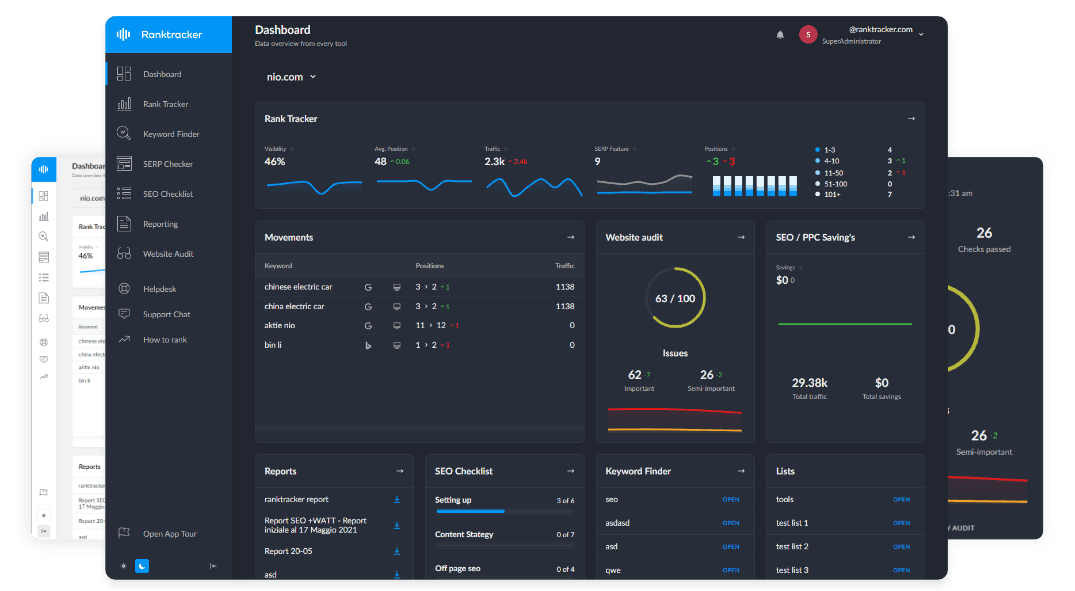Intro
Using low-frequency inquiries to promote a website is easy and costs the least. Also, these inquiries don't have a lot of competition, so you can gain steady traffic. Long-tail keyword resource promotion is when you employ certain key phrases that don't get many impressions.
Why use a low-frequency query to promote a website?
Using low-frequency queries to promote a resource is a painstaking job. It involves carefully choosing keywords, making and expanding a semantic core, improving the website's structure, optimizing the resource internally, researching many queries, and regularly writing articles and updating content.
Benefits of website promotion with low-frequency queries:
- Little competition because the requests are not common. It will be easy for you to get the resource to the top of the search results and obtain a steady stream of little traffic. This lowers the risk because stronger sites won't be able to drown out your resource with their authority.
- Using a certain set of low-frequency inquiries, it gets the attention of the right people. This makes the resource more likely to convert.
- Needs only small, incremental inputs in materials. You won't have to buy links or pay for ads.
- Allows you to promote your resource without requiring professional expertise.
The plan for promoting by low-frequency queries
Let's list ways to use low-frequency inquiries to promote a resource:
- Organize the semantic core. Get many important phrases together to promote your resources well. You can work on a semantic core with both free and commercial services. Some of these are Google Analytics, Google Ads, Keyword Planner, Wordstat, Serpstat, and Key Collector. Choose the most important and relevant queries, and get rid of phrases that don't mean anything, like "free download".
- Internal optimization of the resource. You need to make each page of the website as attractive as it can be. For each chosen key term, write an article and include it on the product card. Put together a number of low-frequency searches on a related subject in one publication. Use key terms to come up with a different name for each page (within the title tag). The description tag, which is a short summary of the article, also affects how guests perceive and stay loyal to the resource. Put original stuff on the website. Rewrite articles that didn't pass the originality test. Link to other pages on your website. Internal links raise the rating of each page.
- User Content. Make your website as user-friendly as you can. Create a distinct block on your website for searches on very specific topics if your semantic core contains a lot of them. These can be questions, responses, reviews, or comments. Encourage your resource guests to join the conversation or leave comments on articles that are related to the topic.
When promoting a resource with low-frequency queries, follow these rules:
- Choose a more of low-frequency searches, get rid of the ones that aren't needed, and unite similar terms.
- Make content for questions that don't come up frequently.
- Look at the articles for spam, wateriness, and style mistakes.
- Put keys in the names of articles, product cards, and pages.
- Add internal links to the articles. They link the website's pages together and let users go from one article to another.
Stay away from the flood of low-quality publications that don't help the visitor. Your resource needs a low bounce rate, which suggests that the information should be useful and on topic.
Conclusion
Therefore, you can use low-frequency inquiries to promote the resource. You don't need a professional's help or a lot of money to do this. Look at the semantic core, pick out the key words, and make your content better for them. Don't forget about this way to promote your business. Low-frequency queries bring in more visitors. Try different keys and see what happens.

